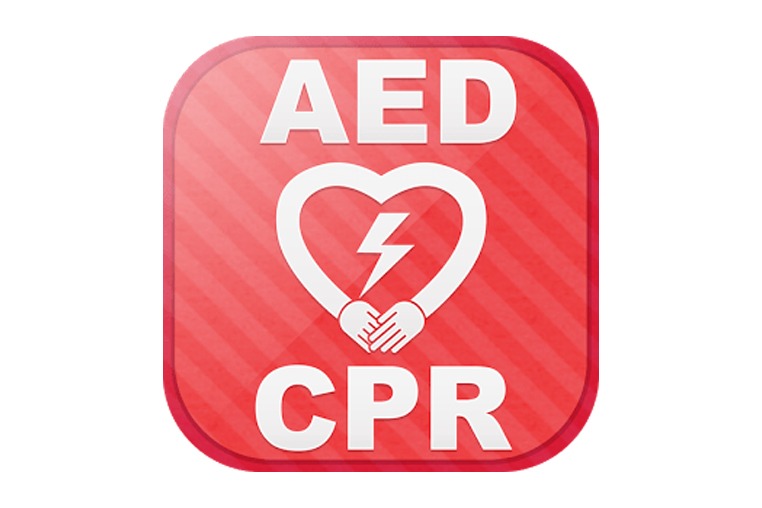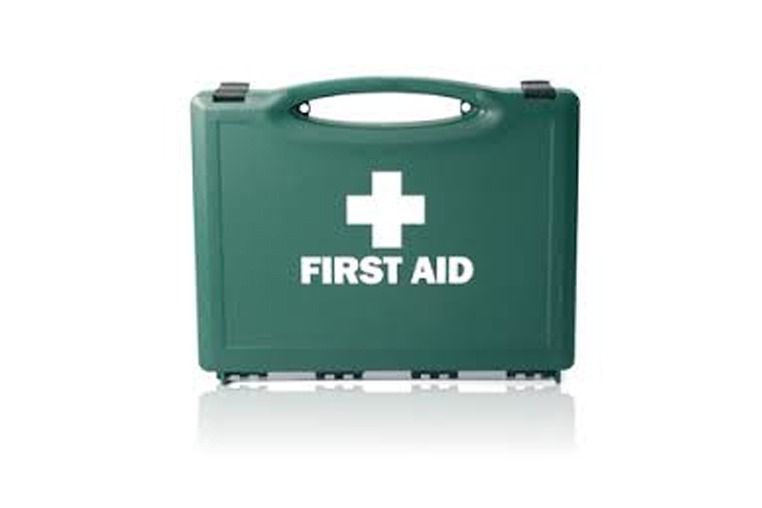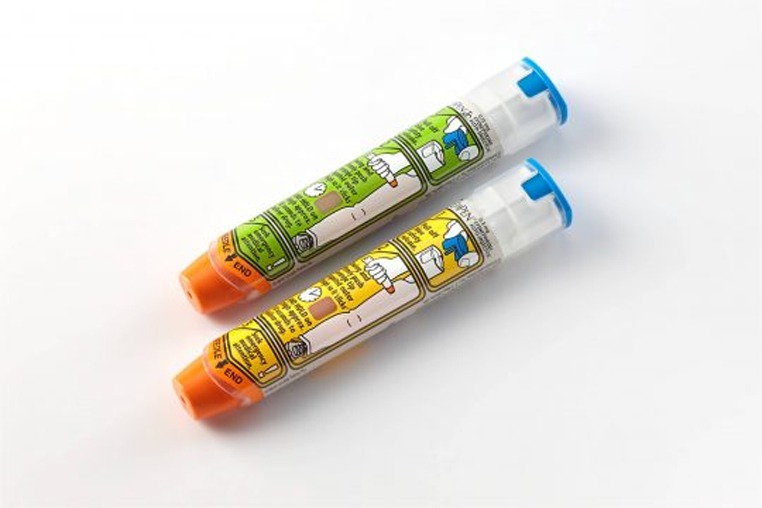People with asthma may want to think twice before sinking their teeth into their next fast food hamburger, following the release of a new Chinese study that links eating more burgers to a higher risk of severe asthma.
The review, published in Respirology this month, sums up the analysis of 16 studies to reveal an association between fast food consumption and an increased likelihood of having asthma, wheeze, and several other allergic diseases like pollen fever, eczema, and rhino-conjunctivitis.
Consuming fast foods three or more times a week was found to be linked to an increased risk of severe asthma.
The study’s authors from Sichuan University then drilled down into the results to look at different types of fast foods only to recognise that eating burgers was also associated with asthma.
The authors propose that the fast food-asthma link may be due to the fact that high-fat meals can exacerbate inflammation in a person’s airway.
They concluded that increasing your weekly hamburger consumption from two to three or more may also increase your risk of severe asthma.
“The consumption of fast foods, especially hamburgers, three or more times a week, was more likely to be associated with severe asthma and current wheeze compared with the consumption of one to two times a week,” the study reads.
“In conclusion, the consumption of fast foods, particularly hamburgers, correlates to asthma in a dose–response pattern, which needs to be further validated in longitudinal and interventional studies.”
The authors propose that the fast food-asthma link may be due to the fact that high-fat meals can exacerbate inflammation in a person’s airway.
“In addition, the consumption of fast foods reduces the consumption of foods that are rich in protective nutrients, such as fruits and vegetables,” the authors say.
“Fruit and vegetables contain many phytochemicals that have anti-oxidative and anti-inflammatory properties. Hence a reduction in fruit and vegetable intake is likely to have an unfavourable impact on asthma prevalence/ management.”
The authors also indicate that BMI may play a role in the asthma—fast food equation, as a lower BMI could mediate the risk of asthma.
“…the consumption of fast foods reduces the consumption of foods that are rich in protective nutrients, such as fruits and vegetables.”
Spokesperson for the Dietitians Association of Australia, Joel Feren, says although the study presents quite a quirky food finding, the results are interesting.
“There’s no cause and effect relationship but a loose association between fast food consumption and asthma and other allergic diseases,” says Feren, an Accredited Practising Dietitian.
“However, the results make sense because of what we know about fast foods [packed] with refined carbs and saturated fats – they can lead to inflammation in the body.
“We can extrapolate the results and say that we know asthma is an inflammatory disease. So there may be a link between types of [fast foods] that lead to inflammation and conditions like asthma and allergic diseases.
“By promoting anti-inflammatory responses in the body, we can reduce our risk of some of these inflammatory processes, and therefore – by extension – some conditions like asthma.”
As for hamburgers specifically causing asthma or an allergy, Feren says “more research is needed to add strength and validity to these findings”.
“But we should be looking at the bigger picture and at our whole diet,” he adds. “To reduce our risk of inflammation in our bodies, we should try to eliminate all high sugar, high fat and fast foods from our diet and replace them with fibre-rich whole grains and essential wholefoods.”
Of the 16 studies examined in the review, 13 were cross-sectional and observational. The studies also had an international reach, being conducted across Australia, Colombia, Canada, Japan, China (Mainland and Taiwan), New Zealand, India, Spain, Saudi Arabia, Sweden and Turkey.
Fast food, according to this study, was regarded as “mass-produced foods prepared and served very quickly, with poor nutritional quality”.
That includes any foods cooked with less preparation time, “especially foods sold in a restaurant or store with preheated ingredients, and served to the customer in a packaged form for takeout”. “Furthermore, fast foods typically fall into the category of foods high in calories, total fat, saturated and trans fat, sugar, simple carbohydrates and sodium (salt).”
Book a first aid course with us at www.canberrafirstaid.com or if you are in Sydney book with www.simpleinstruction.com.au

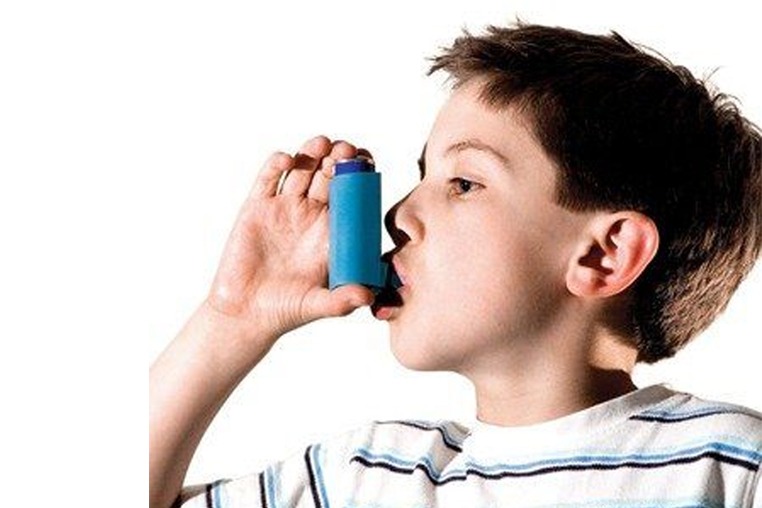
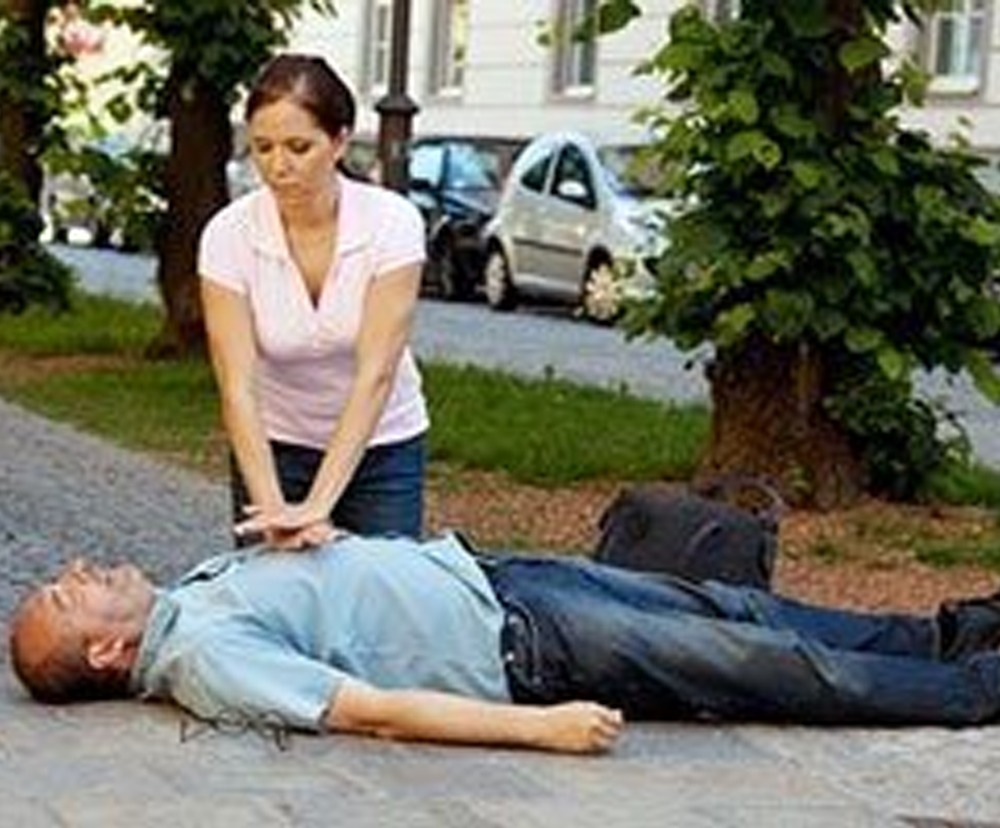
 Jack Norman with his sister Isabelle, mum Victoria and stepdad Matt. Picture: Jack Norman
Jack Norman with his sister Isabelle, mum Victoria and stepdad Matt. Picture: Jack Norman Mum Victoria Norman with Jack. Picture: Victoria Norman
Mum Victoria Norman with Jack. Picture: Victoria Norman